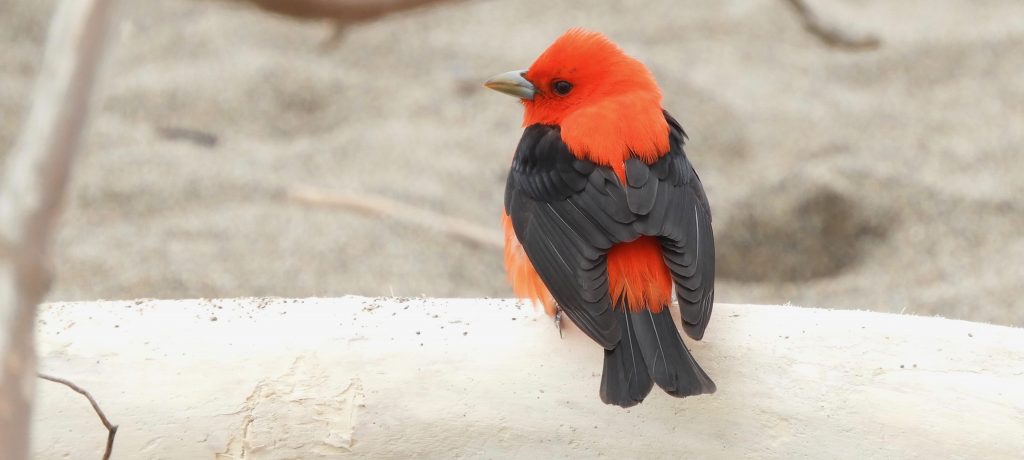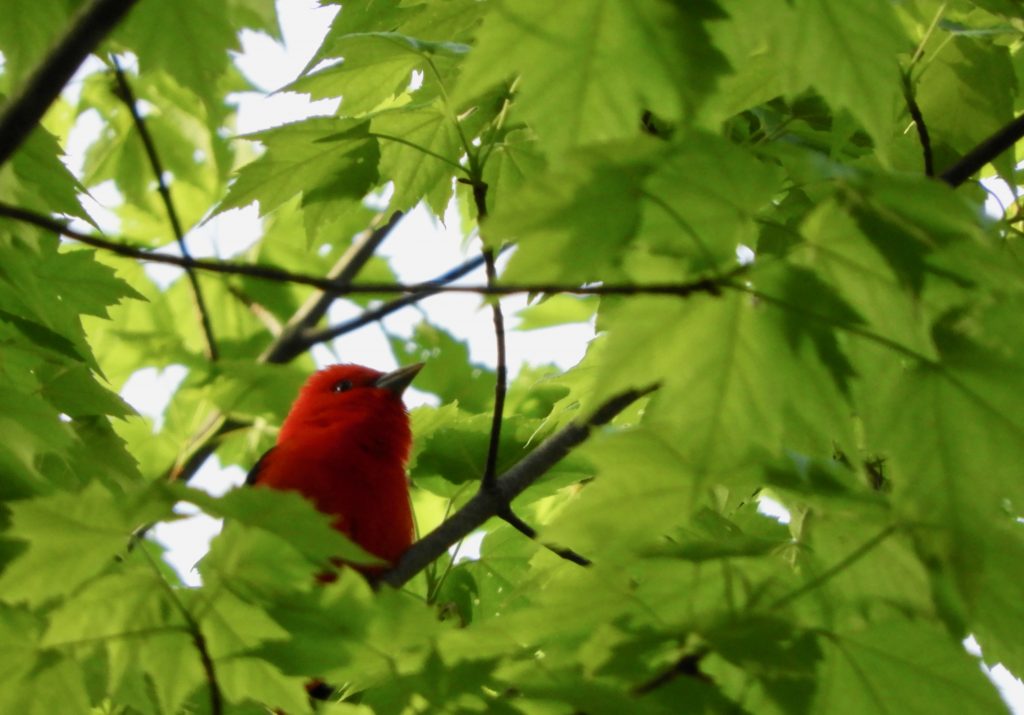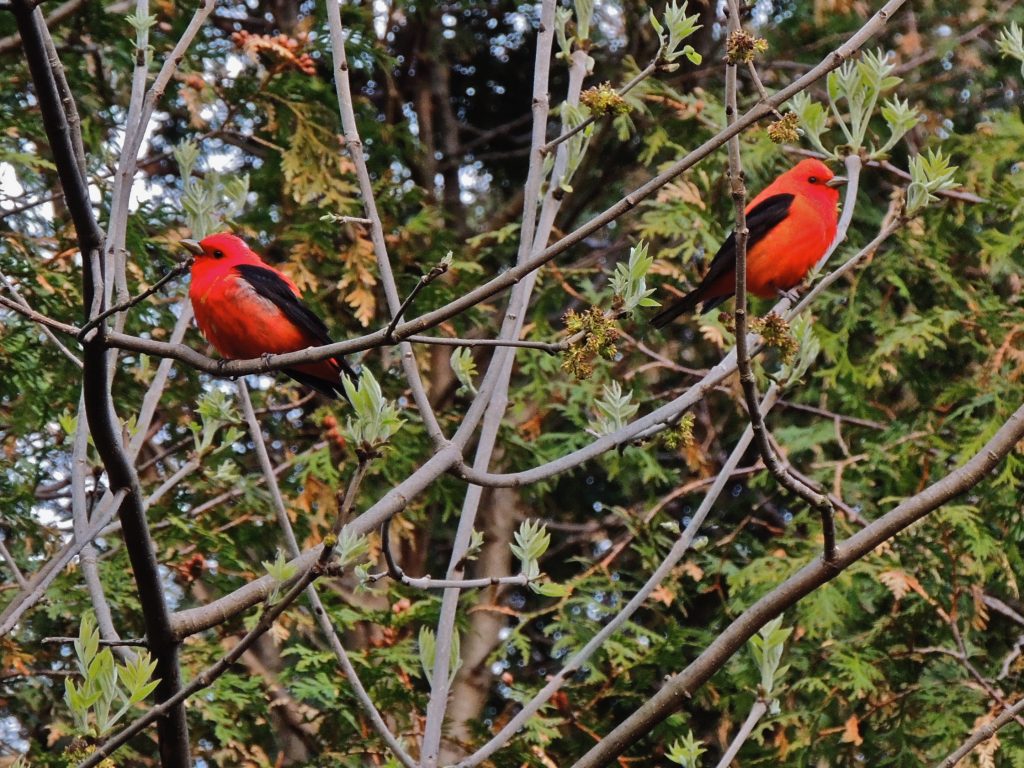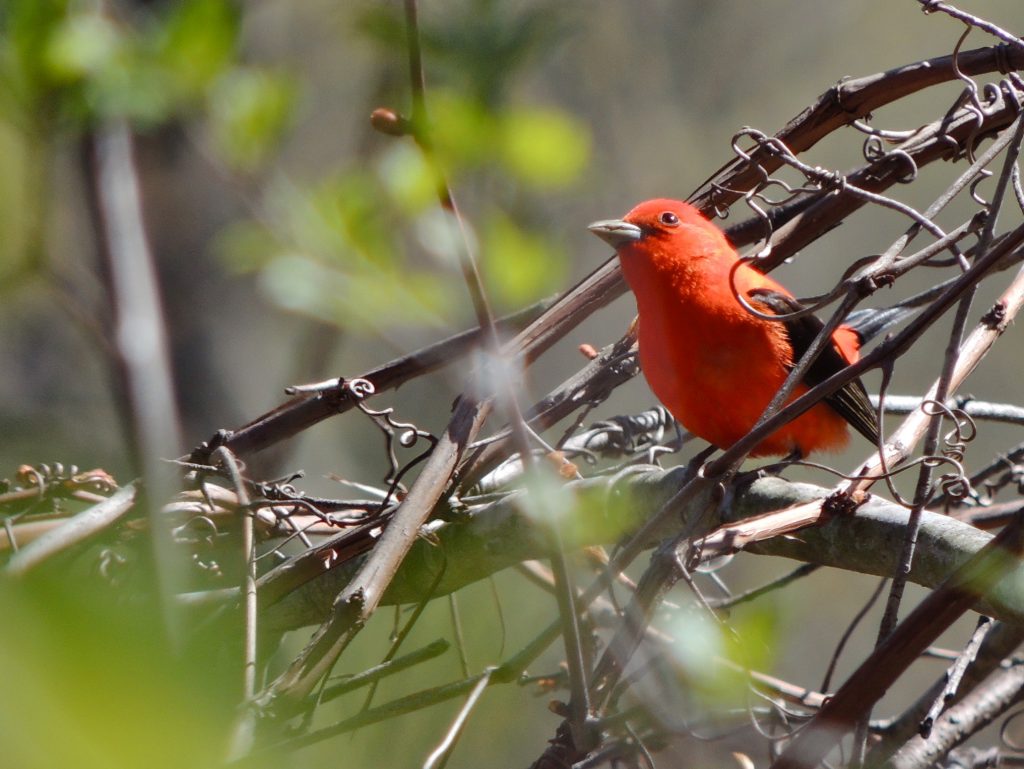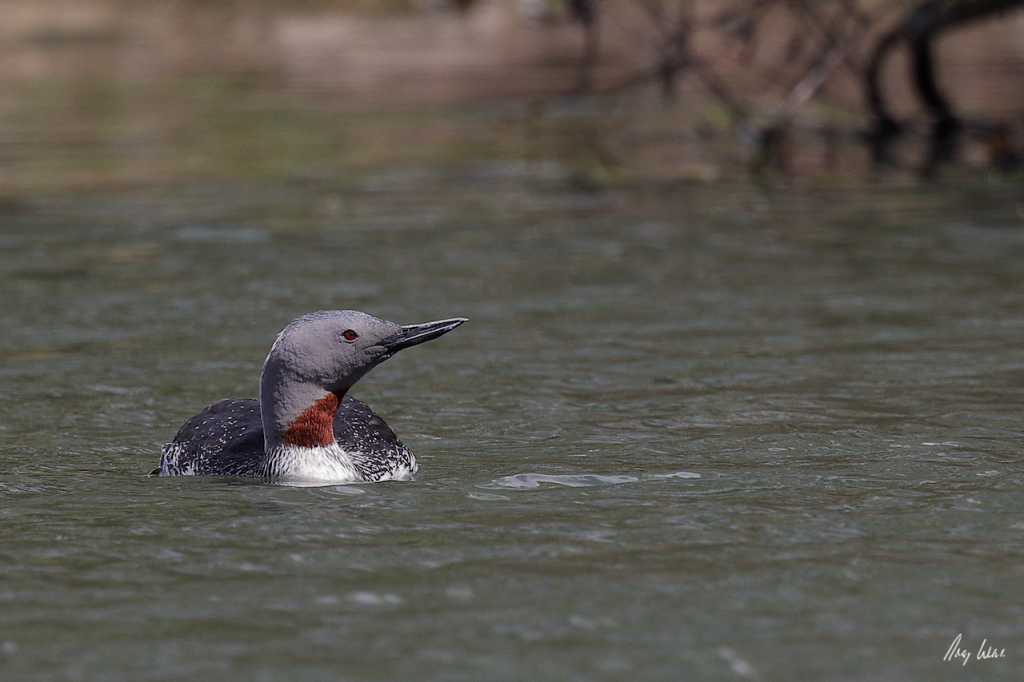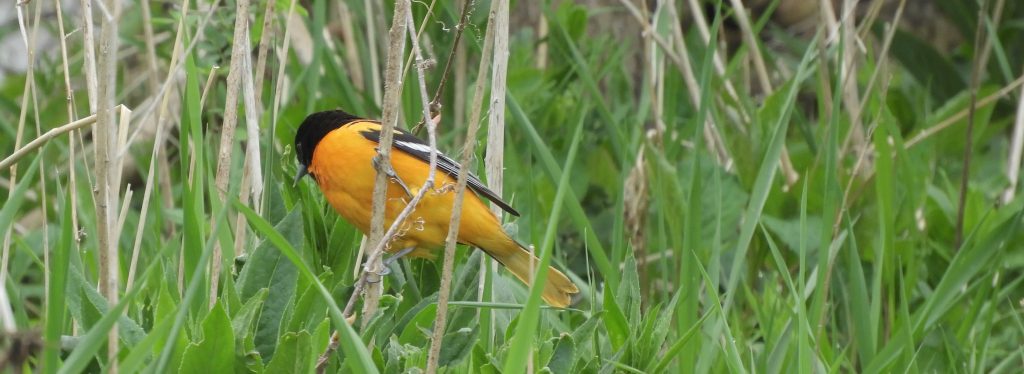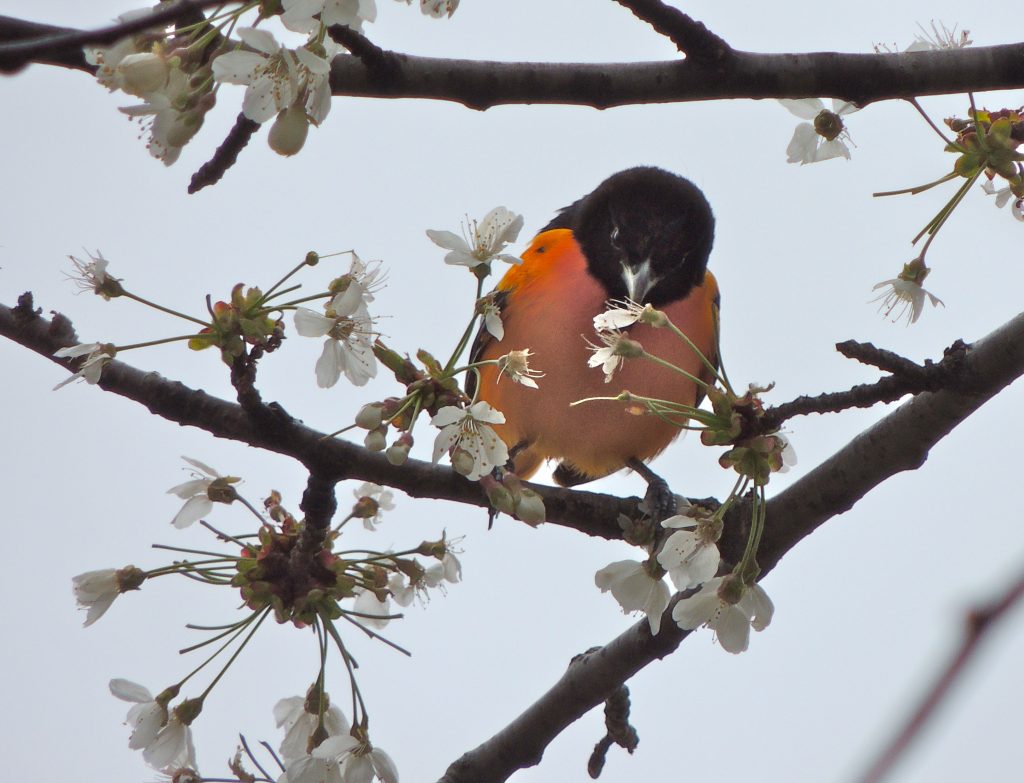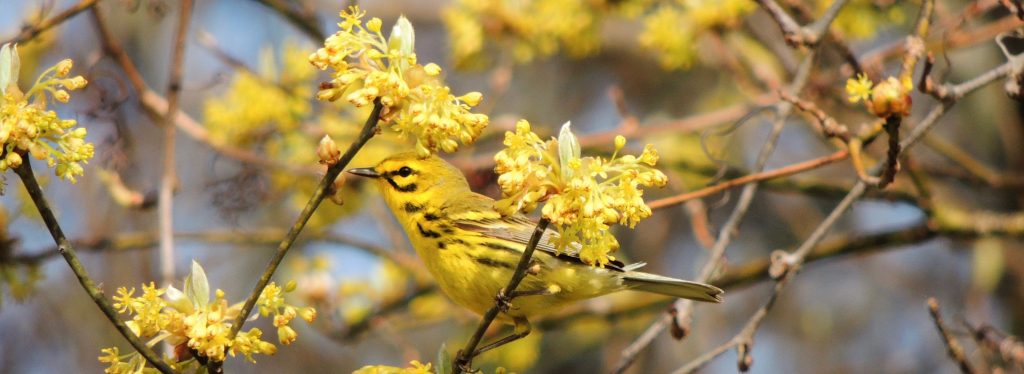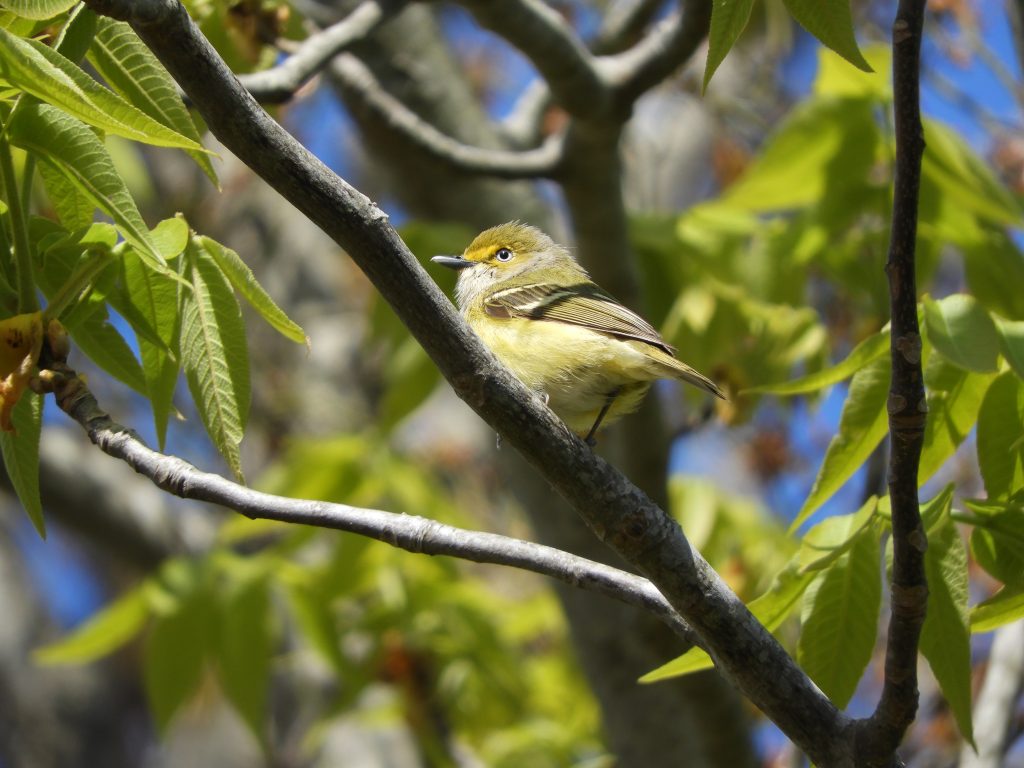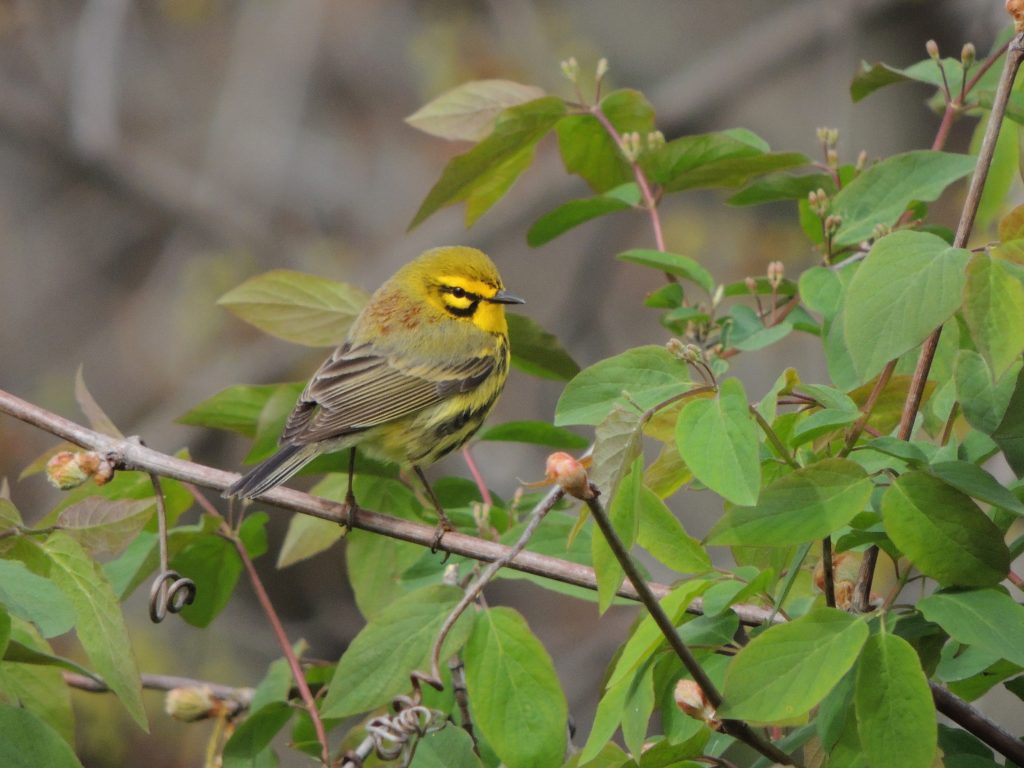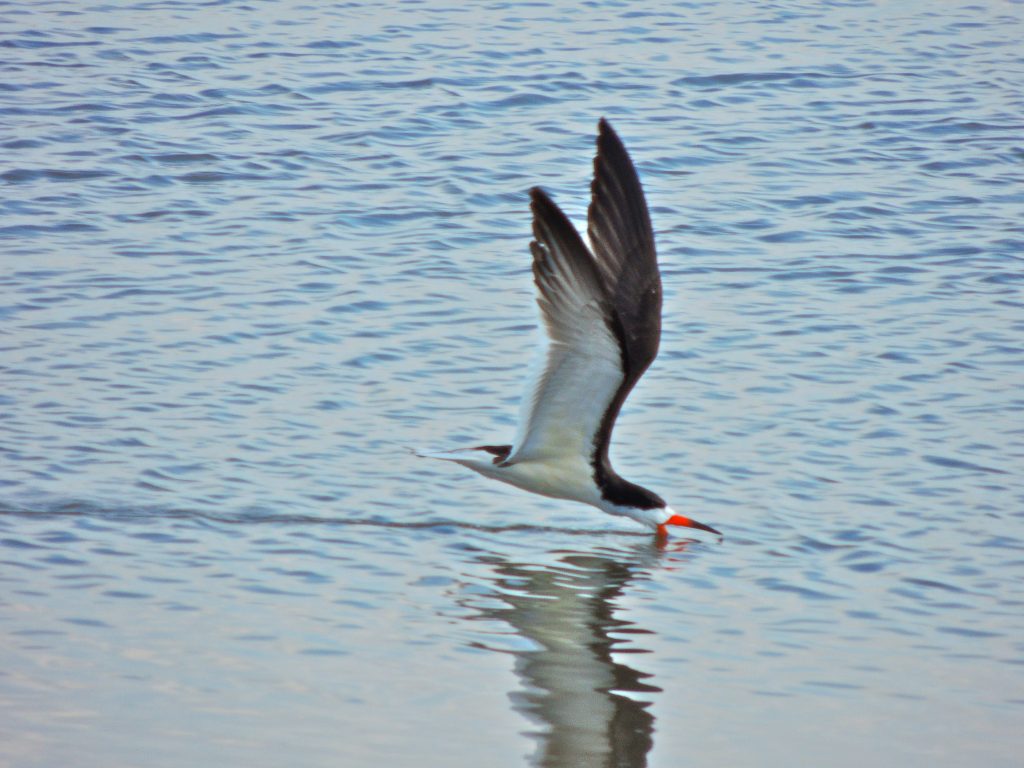 Caledonia. ON. May 30, 2022. In the normal course of events I wouldn’t drive very far to see a Ring-necked Duck. Small flocks, males and females, show up here on medium-sized ponds shortly after the ice clears, at about the same time the first Red-winged Blackbirds arrive. They are notable as one of the earliest ducks to make a spring appearance. Then, just as we’re getting used to them, they leave, most have gone by late April continuing their journey to northern nesting grounds. My reading tells me the species nests in a broad band across the continent. As Cornell Lab of Ornithology puts it “… this duck nests at generally low densities in subarctic deltas, taiga, boreal forest, aspen parkland, and to a lesser extent, prairie regions.” Which is to say, mostly in Canada. In Ontario they head to regions on or beyond the Canadian Shield, so well north of us.
Caledonia. ON. May 30, 2022. In the normal course of events I wouldn’t drive very far to see a Ring-necked Duck. Small flocks, males and females, show up here on medium-sized ponds shortly after the ice clears, at about the same time the first Red-winged Blackbirds arrive. They are notable as one of the earliest ducks to make a spring appearance. Then, just as we’re getting used to them, they leave, most have gone by late April continuing their journey to northern nesting grounds. My reading tells me the species nests in a broad band across the continent. As Cornell Lab of Ornithology puts it “… this duck nests at generally low densities in subarctic deltas, taiga, boreal forest, aspen parkland, and to a lesser extent, prairie regions.” Which is to say, mostly in Canada. In Ontario they head to regions on or beyond the Canadian Shield, so well north of us. 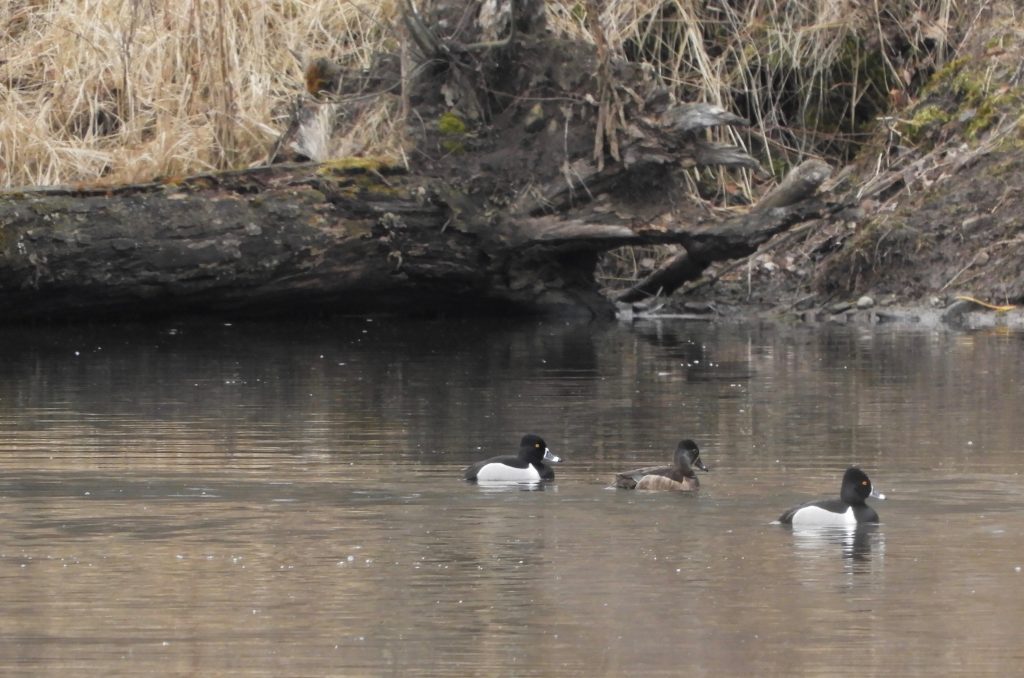
But normal courses of events are subject to change and surprises. Lyn, an Ontario Breeding Bird Atlas colleague, contacted me recently to say that she was seeing Ring-necked Ducks, perhaps a bonded pair, on a quiet lake in her atlas square. We exchanged emails agreeing that if indeed Ring-necked Ducks should be breeding there, it would be a significant southerly breeding-range extension. She invited me to join her to confirm and corroborate her sighting. It didn’t take long this morning to re-find the pair who are showing every indication of planning on raising a family.
The pond is on private land and a long track took us to it through wide grassy fields alive with Bobolinks and Savannah Sparrows. The landowner gave Lyn enthusiastic permission to enter his land, hundreds of acres of open, undulating fields and woodlands dotted with ponds.
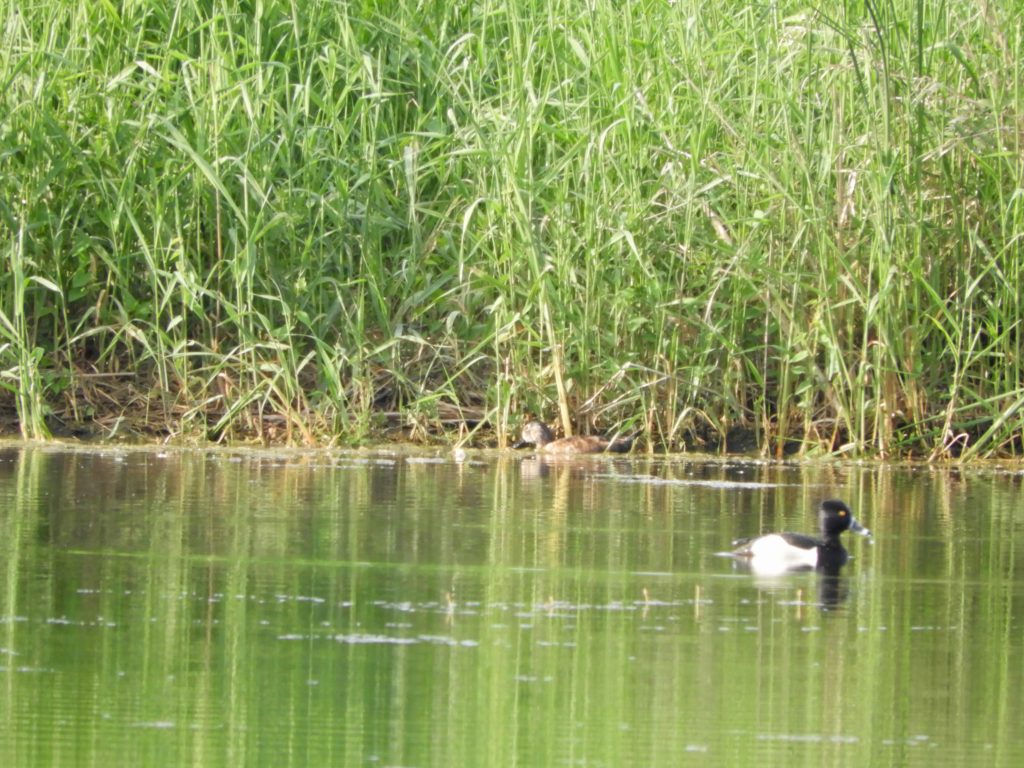
The photo above of the pair of Ring-necked Ducks is the best I could do at the distance, but it’s okay. For purposes of the atlas this observation rates as ‘Probable Breeding’. Confirmation will require a higher standard of evidence including such obvious things as seeing the nest with eggs or young and perhaps most likely here, observing the birds with a flotilla of young on the water. I’m betting on confirmation in a month or two.
